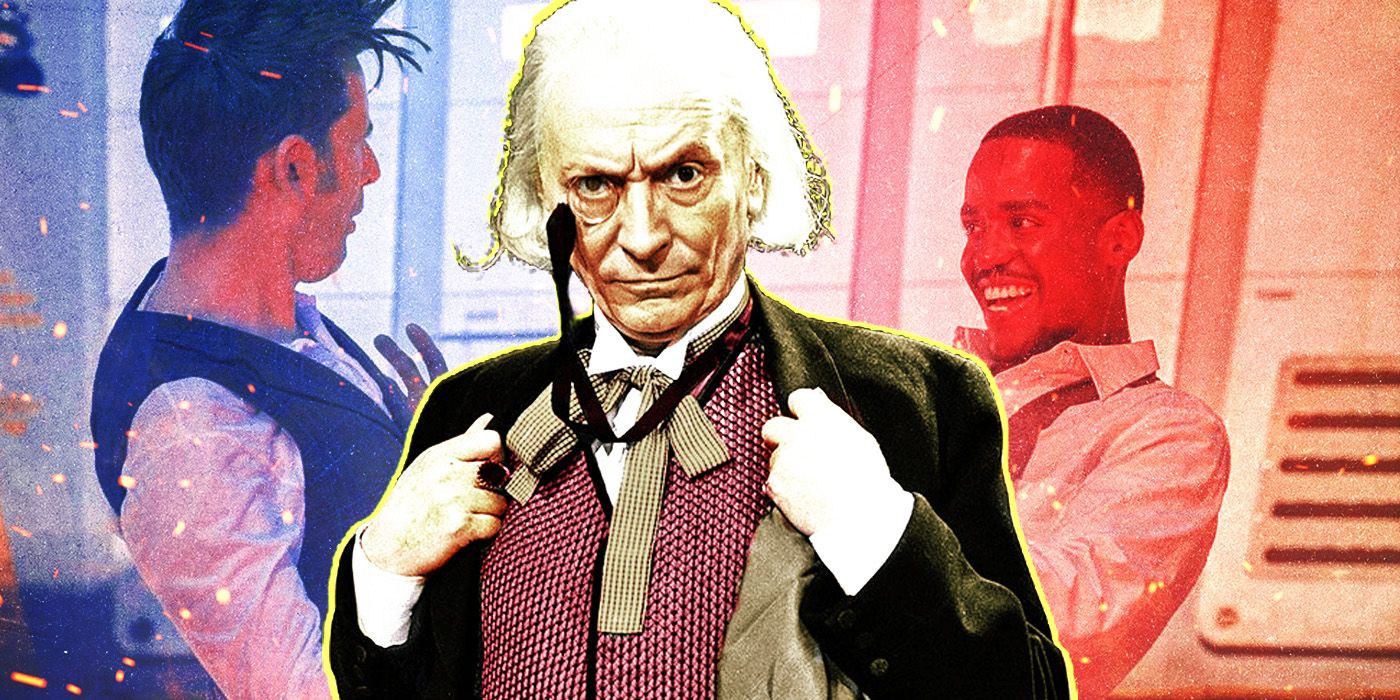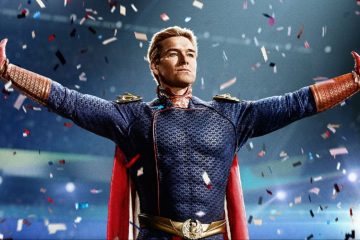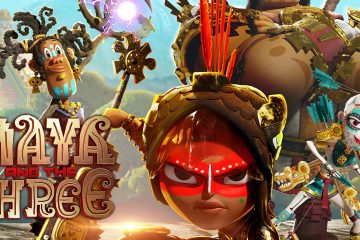Ncuti Gatwa had a Doctor Who debut unlike any other Doctor. The third and final Doctor Who’s 60th Anniversary special, “The Giggle,” saw David Tennant’s Fourteenth Doctor undergo the series’ first bigeneration, splitting in two to give life to Gatwa’s Fifteenth Doctor. The new Doctor quickly clarified for his confused onlookers that he had bigenerated, a process that he claimed was supposed to be a myth. However, in true Doctor Who fashion, this myth proved to be far more real than the Doctor had thought. However, the history and the origins of this ancient myth of the Time Lords are yet to be explored.Bigeneration has opened the door to all kinds of new Doctor Who stories. Showrunner Russell T Davies has theorized that the Doctor’s first bigeneration, as seen in “The Giggle,” may have actually affected the Time Lord’s entire timeline. This would mean bigenerated duplicates of every past Doctor now exist, living beyond their original lifespans. However, beyond confirming that bigeneration is an old Time Lord myth, Davies did not explain the myth’s origins. Given the heavily mythologized history of the Time Lords themselves and the recent revelations concerning the Timeless Child, it’s possible that the Doctor is actually the source of the bigeneration myth.It was from the Timeless Child that the people of Gallifrey gained their ability to regenerate. In “The Timeless Children,” the Master revealed this secret history to the Thirteenth Doctor through decoded recordings in the Matrix. The Child was the first living being to regenerate upon death on Gallifrey, leading to Tecteun running experiments to splice the ability into other members of her race. Those Gallifreyans who gained the ability to regenerate and built themselves a citadel went on to learn the secrets of time travel and dubbed themselves Time Lords. If bigeneration was a long-standing myth among the Time Lords, its origins cannot stretch back any further than the Doctor’s arrival on Gallifrey.
Ncuti Gatwa had a Doctor Who debut unlike any other Doctor. The third and final Doctor Who‘s 60th Anniversary special, “The Giggle,” saw David Tennant’s Fourteenth Doctor undergo the series’ first bigeneration, splitting in two to give life to Gatwa’s Fifteenth Doctor. The new Doctor quickly clarified for his confused onlookers that he had bigenerated, a process that he claimed was supposed to be a myth. However, in true Doctor Who fashion, this myth proved to be far more real than the Doctor had thought. However, the history and the origins of this ancient myth of the Time Lords are yet to be explored.
Bigeneration has opened the door to all kinds of new Doctor Who stories. Showrunner Russell T Davies has theorized that the Doctor’s first bigeneration, as seen in “The Giggle,” may have actually affected the Time Lord’s entire timeline. This would mean bigenerated duplicates of every past Doctor now exist, living beyond their original lifespans. However, beyond confirming that bigeneration is an old Time Lord myth, Davies did not explain the myth’s origins. Given the heavily mythologized history of the Time Lords themselves and the recent revelations concerning the Timeless Child, it’s possible that the Doctor is actually the source of the bigeneration myth.
It was from the Timeless Child that the people of Gallifrey gained their ability to regenerate. In “The Timeless Children,” the Master revealed this secret history to the Thirteenth Doctor through decoded recordings in the Matrix. The Child was the first living being to regenerate upon death on Gallifrey, leading to Tecteun running experiments to splice the ability into other members of her race. Those Gallifreyans who gained the ability to regenerate and built themselves a citadel went on to learn the secrets of time travel and dubbed themselves Time Lords. If bigeneration was a long-standing myth among the Time Lords, its origins cannot stretch back any further than the Doctor’s arrival on Gallifrey.
#Doctor #Doctor #Bigenerated #William #Hartnells #Doctor
Note:- (Not all news on the site expresses the point of view of the site, but we transmit this news automatically and translate it through programmatic technology on the site and not from a human editor. The content is auto-generated from a syndicated feed.))



